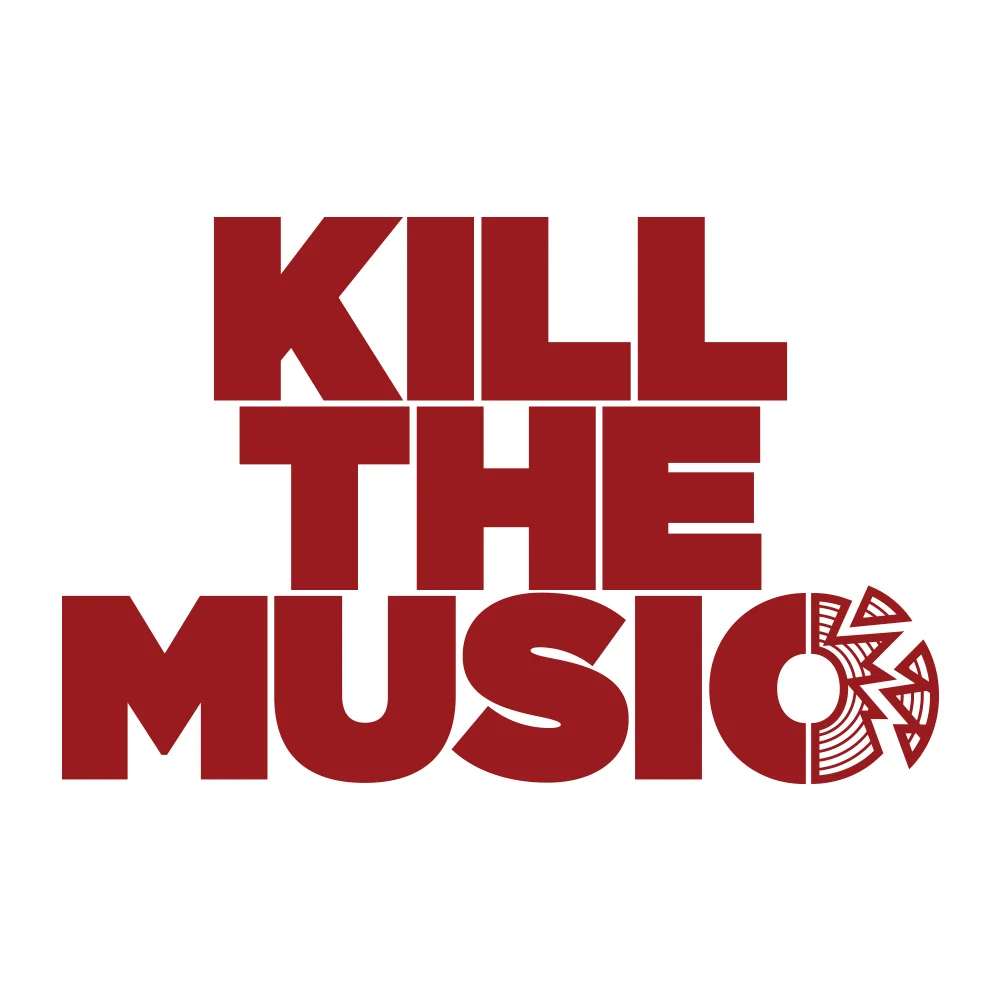Before writing existed, stories and music were mediums for storing information and educating people. Writing inventions improved the art of storytelling and composing music. Beyond listening to stories, people today also read them, which affects how they retain and learn information.
The creative writer requires skills to present content that inspires and affects the mind, body, and soul. This way, the reader and listener change their view of life, feelings toward people, and actions henceforth. Are stories everything there is or required to influence life, art, and creativity? Maybe they go deeper into the heart and soul than any other medium.
Why stories are important in society
Stories were the core of developing language and speech in the early days of human life. They became important in teaching children values, vices, socialization, and work. Fast forward to the 21st century, and stories are as important as they were in 5000 BC. Texts and art help boost the effect through deeper dimensions, perspectives, characters, and descriptions.
The basic infrastructure of audience-moving stories is skill powered by research and imagination. This level of textual expression is only achieved by writers willing to go outside of the box. Although it is a necessity, achieving it as a newbie is harder than imagined. Reaching this level and beyond is easier with EduBirdie creative writers. Students can hire an expert writer from Edubirdie which is the best essay writing service to write essays, coursework, and inspiring literary stories. It helps to work with experts who understand the value of quality writing.
Stories differ – from fiction to fantasy, mystery, romance, and thrillers. Each genre resonates with a specific audience presenting stories in unique patterns. Some evoke excitement while others stir love, sadness, longing, or uprising. These emotional dimensions happen due to brain triggers releasing different chemical levels.
To achieve this, stories and lyric writers adopt certain characters, tones, rhymes, settings, and plots. Beyond emotions, these texts are also educative, informing about local, national, and global issues.
How to tell stories through writing
Stories are directed to specific audiences but the writer must know the issues to address. With this in mind, they create a structure in which the entire story is held. Every story has a goal but success in the objective depends on the words, phrases, and sentences that build the structure.
Narrative is an important part of this success helping writers address an individual, group, or themselves. Another important component is symbolism, bringing an imaginative element or character to life. EduBirdie helps writers create stories that present different life dimensions evoking varying emotions in audiences.
How to tell stories through music
Lyrics. Music lyrics present the story context to an audience setting the stage for various emotional levels it evokes.
Instruments. Instrument and body movements add the effect causing emotions to soar to unimaginable levels.
Life. Music writers tap inspiration from daily life experiences and things that pain people.
Mood. Musicians use life experiences to create the mood in the song and stir the audience to emit similar emotions.
Moods differ depending on how lyrics, dance, and instruments are presented to an audience. They could be moods of love stretching to regret, diverting to joy, and triumph. How effective the lyrics drive emotions in listeners relies on elements like the rhythm, melody, and instrument playing style.
In her song Both Sides Now, Joni Mitchell presents life as a mystery that brings surprises, sudden hope, and heartaches. The song evokes mixed emotions of love, hatred, and hope. The song Stairway to Heaven by Led Zeppelin evokes emotions of uncertainty and hope provoking people to walk the journey of life carefully.
How does music and writing connect?
The greatest connection between music and writing is the creativity in crafting texts that move crowds and affect their actions. Many music composers become experienced writers due to enhanced creativity, thought power, and ability to solve even the most complex problems.
Music and writing merge into a unique goal of presenting useful information to audiences in a well-structured method. They use varying techniques to present these messages – from rhythms to genres, symbols, instruments, and themes.
Music uses voice to present information and drive it into the mind but writing uses words to achieve the same goal. Determinants of how well this goal is achieved depend on the creativity and presentation style of the writer/musician. Both aim to inform, entertain, and engage everyone they come into contact with in the end.
Conclusion
Writing and music have shaped the world and people to what it is today in many ways. Texts and songs have been used for millennials to pass information from one generation to another or one culture to the next. This influence will continue for many centuries affecting people’s emotions and actions for generations.
Author’s Bio
Connie Elser is a professional writer with expertise in almost every form of writing. From landing pages to blogs and academic essays to newspaper editorials, he doesn’t miss the mark even once and manages to engage his audience fully. He gets his zeal for writing from watching documentaries, spending time gardening and running marathons


